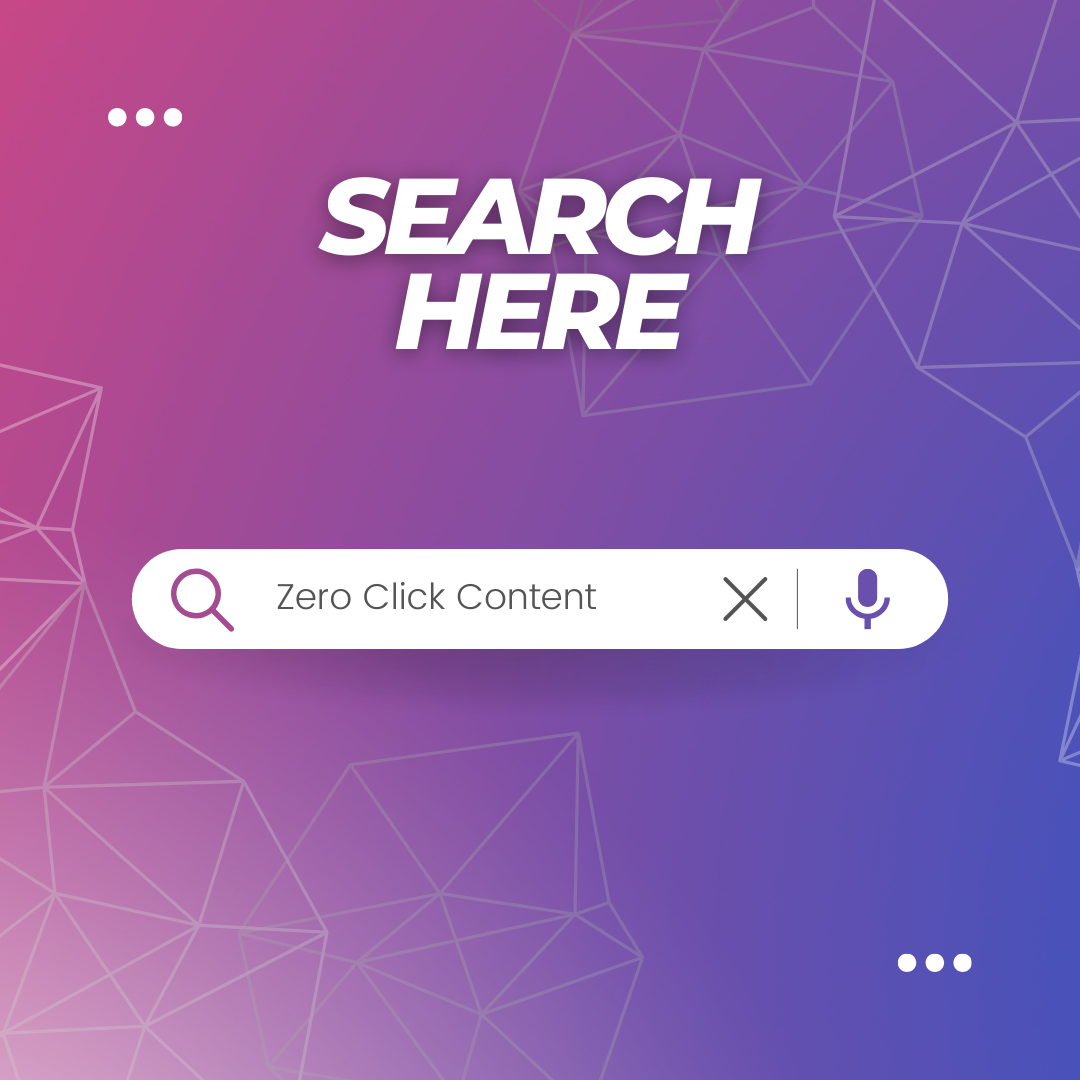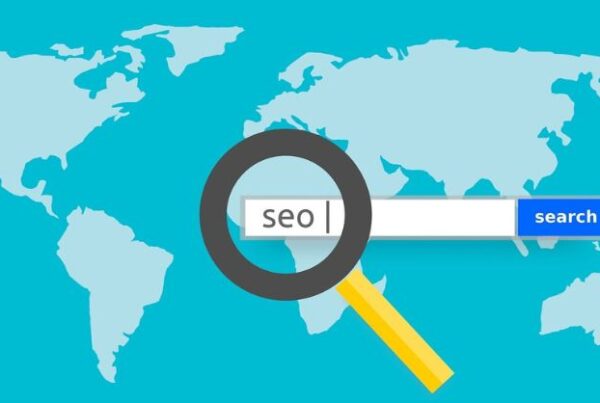
The shift towards zero click content allows users to find answers directly on the search results page
Why Zero Click Content is Essential for SEO in 2025
In today’s constantly changing SEO landscape, zero click content has become an effective strategy for grabbing attention and increasing visibility. You may have noticed that Google often provides answers directly on its search results page (SERP), making it unnecessary to click through to a website.
As user behavior shifts, search engines like Google prioritize quick, direct answers, making it essential to understand and use zero click content to stay competitive. This post will explain what zero click content is, why it matters for SEO in 2025, and how to optimize your content to rank in these prime positions.
Understanding Zero Click Searches
Zero click searches provide answers directly on the SERP, so users don’t need to click through to a website for information. Examples include featured snippets, Google Knowledge Panels, People Also Ask boxes, local packs, and instant answers that deliver information immediately.
Google aims to enhance user experience by making searches fast and efficient, which is why zero click results are prioritized. For example, a recent study by SparkToro found that nearly 65% of Google searches end without a click, showing users prefer quick answers. Zero click content addresses this need by predicting common questions and delivering answers directly on the results page. This approach aligns naturally with Google’s goal of reducing friction in search, allowing users to find answers without extra steps.
The Benefits for Brand Visibility and Authority
- Increased Visibility: Zero click content puts your brand front and center on the SERP, where users are actively looking. Even without a click, your content is being read, building brand awareness and familiarity.
- Improving Brand Authority: Appearing in prominent zero click spots, such as featured snippets, helps establish your website as a trusted source. Learn more about building brand authority in the digital space.
- Enhancing User Experience: Google rewards content that improves the user experience. By providing fast answers, you align with Google’s goals, positively impacting your overall SEO.
- Impact on Traditional SEO Metrics: While zero click content may not increase site traffic in the same way as traditional click-throughs, it boosts other key metrics like impressions and brand visibility. These gains can enhance your organic search performance.
Types of Zero Click Results and How to Optimize for Each
Featured Snippets
- What They Are: These are brief answers to questions that appear at the top of the SERP.
- How to Optimize: Structure your content with clear headings, use concise language, and format answers in bullet points or lists when appropriate.
Knowledge Panels
- What They Are: Sidebars that provide quick facts about people, places, and organizations.
- How to Optimize: Register and update your brand consistently on platforms like Google My Business, Wikidata, and social media.
People Also Ask Boxes
- What They Are: Lists of related questions to the user’s query, often expandable for quick answers.
- How to Optimize: Include FAQs on your website, answering common questions clearly and concisely.
Local Packs and Map Results
- What They Are: Local business listings that appear for location-based searches.
- How to Optimize: Ensure your Google My Business profile is accurate, including details like hours, address, phone number, and services.
Instant Answers
- What They Are: Direct responses that Google pulls from structured data for simple queries, like conversions or dates.
- How to Optimize: Use schema markup to help Google interpret your content, and keep your information accurate and current.
Incorporating Click-Free Strategies into Your SEO Plan
- Keyword Research for Zero Click Opportunities: Use SEO tools to find keywords and queries likely to generate zero click results. Focus on informational keywords that align with user questions.
- Content Structure and Formatting: Organize your content with clear subheadings, tables, and bullet points. This format makes it easier for Google to display your information as a zero click result.
- Leveraging Schema Markup: Structured data helps Google categorize and display your content. Use schema markup to define elements like FAQs, articles, and local business information.
- Monitor and Measure Success: While zero click content may not increase clicks, tracking visibility and engagement helps gauge its impact. Use tools like Google Search Console to monitor impressions and visibility.
For more tips on keyword research, check out our blog post on Keyword Research Strategies.
Challenges and Considerations for Zero Click Content
Potential Loss of Traffic: Zero click content can reduce the number of visitors to your site. However, the increased visibility and brand recognition often make this trade-off worthwhile.
Content Ownership and Attribution: Users may not always recognize where zero click content comes from, which can impact brand association. Including your brand name in the content, when possible, can help reinforce recognition.
Balancing Clicks with Zero Click Results: Not all content should aim for zero clicks. Balance your strategy by also creating in-depth content that encourages users to click through for more information.
Future Trends for Zero Click Content and SEO
- AI and Zero Click: As artificial intelligence advances, zero click content will likely become more sophisticated. Voice search and AI assistants are already utilizing zero click content for fast, accurate answers.
- Personalization and Zero Click: As search becomes more personalized, zero click results may reflect individual user preferences for a more customized experience.
- The Evolving Role of SEO: As more content shifts to zero click, SEO will focus more on brand awareness and engagement within the SERP than on driving clicks.
To further explore the future of SEO, see our article on Emerging SEO Trends.
Conclusion
By understanding zero click content, its importance, and how to optimize for it, brands can remain competitive in 2025’s search landscape. Although it may challenge traditional SEO methods, the benefits of increased visibility and brand authority make zero click content a valuable strategy.
If you’re ready to dive into zero click content, start by identifying queries that align with your brand and optimizing content to meet users where they are—right on the search results page.



